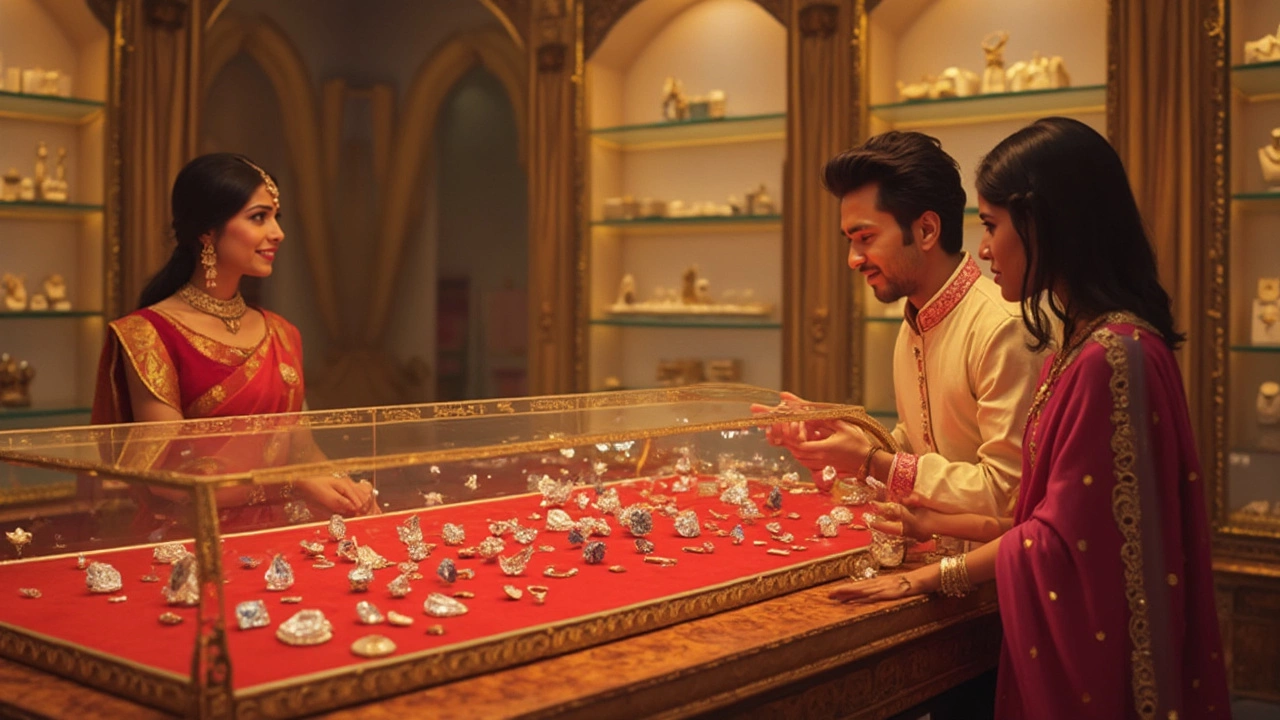
Looking for a dazzling diamond without breaking the bank? You're not alone. With $20,000 in hand, many couples dream of finding that perfect sparkle for the big day. But what size diamond can you really get for that budget?
First off, it's crucial to understand what determines a diamond's price. The biggest factors? Those would be the famous 4 Cs: carat weight, cut, color, and clarity. They all play a part in how much you’ll end up paying.
Now, don't rush straight for the biggest stone you can find. While carat size will certainly impress, the cut can actually make a diamond appear larger and more brilliant. A well-cut diamond reflects light in such a way that even a smaller size captivates the eye.
- Understanding Diamond Pricing
- Balancing the 4 Cs
- Size vs. Quality: Finding Your Sweet Spot
- Popular Styles within Budget
- Practical Buying Tips
Understanding Diamond Pricing
So, what's the deal with pricing a diamond? It's more than just slapping a price tag on a rock. When you’re trying to get the best diamond size for your $20,000, knowing how pricing works is key.
The 4 Cs: The Real Deal
The 4 Cs—carat, cut, color, and clarity—are the backbone of diamond pricing. They aren’t just marketing hype; they really impact how much you’ll pay.
- Carat Weight: It's the most obvious factor. Bigger diamonds cost more, but size isn’t everything.
- Cut: This refers to how well the diamond’s been shaped. A top-notch cut can elevate a diamond from meh to magic.
- Color: Diamonds are rated on a scale from D (colorless) to Z (light color). Closer to colorless means pricier.
- Clarity: This measures those little imperfections. Fewer of them means higher prices.
Understanding Pricing Trends
Prices skyrocketed in 2021 and have gradually leveled out. According to the Diamond Insight Report 2022, larger stones—2 carats and above—have seen more pricing stability post-2021. A useful tip? Look for diamonds just below benchmark weights. A 1.9-carat diamond can cost significantly less than a 2.0-carat but won’t look much different to the naked eye.
Market Dynamics
The diamond market has its quirks. For instance, demand can shoot up around the holidays, affecting prices. Shopping during off-peak seasons might score you a better deal.
Location and Origins also matter. Ethical sourcing can affect price. Lab-grown diamonds are on the rise, often costing 20-40% less than mined diamonds—pretty tempting if you want quality without the hefty price tag.
Balancing the 4 Cs
When you're on a budget, like that $20,000 for your wedding rings, getting the perfect balance of the 4 Cs—carat, cut, color, and clarity—becomes crucial. It's like finding the sweet spot between size and sparkle without wasting a single dollar.
Carat: Size Matters... But Not Too Much
Carat is probably the most talked-about aspect because it's all about the weight of the diamond. But here's the catch: a bigger carat diamond isn't always better. A 1-carat diamond with an excellent cut can look just as impressive as a poorly cut 1.5-carat diamond.
Cut: The Real Hero
Think of the cut as the diamond's personality. A well-cut diamond can reflect light beautifully, making it sparkle and shine like nothing else. Even if you go with a smaller carat, a top-notch cut can make your diamond a stunner at any dinner party. Look for Excellent or Very Good grades when considering the cut.
Color: What You're Seeing
Color refers to how colorless the diamond is, ranging from D (completely colorless) to Z (light yellow or brown). For the best bang for your buck, aim for near-colorless grades like G or H. They appear colorless to the untrained eye and allow for a few more bucks to be saved for other features.
Clarity: Spotting the Spots
Clarity is all about internal imperfections, known as inclusions, and external ones, called blemishes. While you might feel pressured to go for high clarity, the truth is most inclusions are invisible without a magnifying glass. Consider VS1 or VS2, where imperfections are hard to spot.
Trying to juggle all of these might sound like a lot, but when balanced right, you'll either get a much larger diamond or a much better quality diamond, or maybe even both if you catch the right deal!
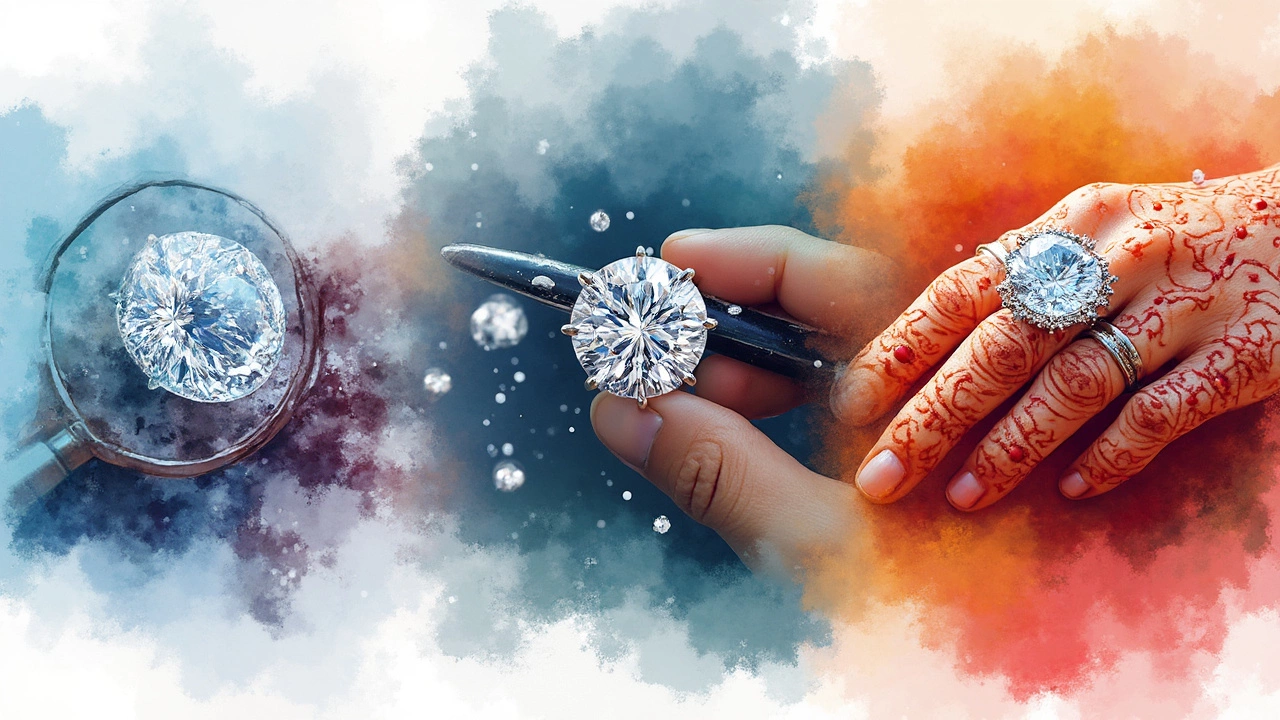
Size vs. Quality: Finding Your Sweet Spot
When you're shopping for a diamond, the age-old dilemma of size versus quality often comes up. Is bigger really better? Or should you focus more on quality? Let's explore how to strike the right balance between diamond size and quality within your $20,000 budget.
The Balance
Most believe a larger diamond has to be more impressive, but that's not always the case. A smaller yet perfectly cut diamond can often steal the show. The cut enhances brightness, fire, and sparkle, giving the illusion of a larger diamond.
Carat Isn't Everything
It's easy to get caught up in the carat size, but remember, a heavier diamond may not shine as bright as a smaller one with better clarity and color. You'll want to ensure the diamond isn't just big but also beautiful to look at.
| Carat | Approx Price Range | Quality |
|---|---|---|
| 1.5 Carat | $10,000 - $15,000 | Excellent Cut, VS1 Clarity |
| 2.0 Carat | $20,000 | Very Good Cut, VS2 Clarity |
Personal Preferences
Each couple has their own idea of what matters most in a wedding ring. Are you focused on sparkle, or is sheer size your top priority? This will guide whether you put more into carat or quality.
Finding That Sweet Spot
Aiming for a balance doesn't mean you need to sacrifice too much on either side. If you desire both, consider a 1.5 carat diamond with an ideal cut and decent color. It won't seem small and will still possess a remarkable brilliance.
Keep in mind, the choice boils down to what makes you happiest. With the right balance, you can have a breathtaking wedding ring without overstretching your pocket.
Popular Styles within Budget
When you're working with a $20,000 budget for your wedding ring, it opens up quite a few stylish possibilities. Let's explore some popular styles that are both trendy and timeless, ensuring you get the most out of your investment in diamond size and sparkle.
Solitaire Classics
The solitary diamond ring remains a favorite for many. It places the diamond size in the spotlight, enhancing its perceived value. With a budget of $20,000, you could comfortably choose a solitaire with excellent cut in the 1.5 to 2-carat range, depending on other factors like clarity and color.
Halo Settings
A halo setting, where smaller diamonds encircle the center stone, makes the central diamond appear larger—perfect for those aiming to maximize impact without stretching the budget. For the price, a halo ring can offer a sparkling 1-carat center diamond and still look quite grand.
Pavé Bands
If you want extra sparkle, consider pavé bands where tiny diamonds line the band. This setting complements the center stone and, with $20,000, you can enjoy a brilliant effect along with a substantial primary diamond. It's a smart choice for balancing quality and shine.
Vintage Inspired
Love the charm of yesteryears? Vintage-inspired designs often feature milgrain detailing and unique shapes that provide a lot of character. You might find a 1.2-carat center diamond set beautifully in intricate workmanship still fits well within budget without compromising size or style.
Remember, styles like the three-stone ring also allow for creative choices—mixing sizes and cuts for a personalized look that's meaningful and full of life. With these wedding ring styles, you get options that balance flair with classic appeal, ensuring you love wearing your ring every day.
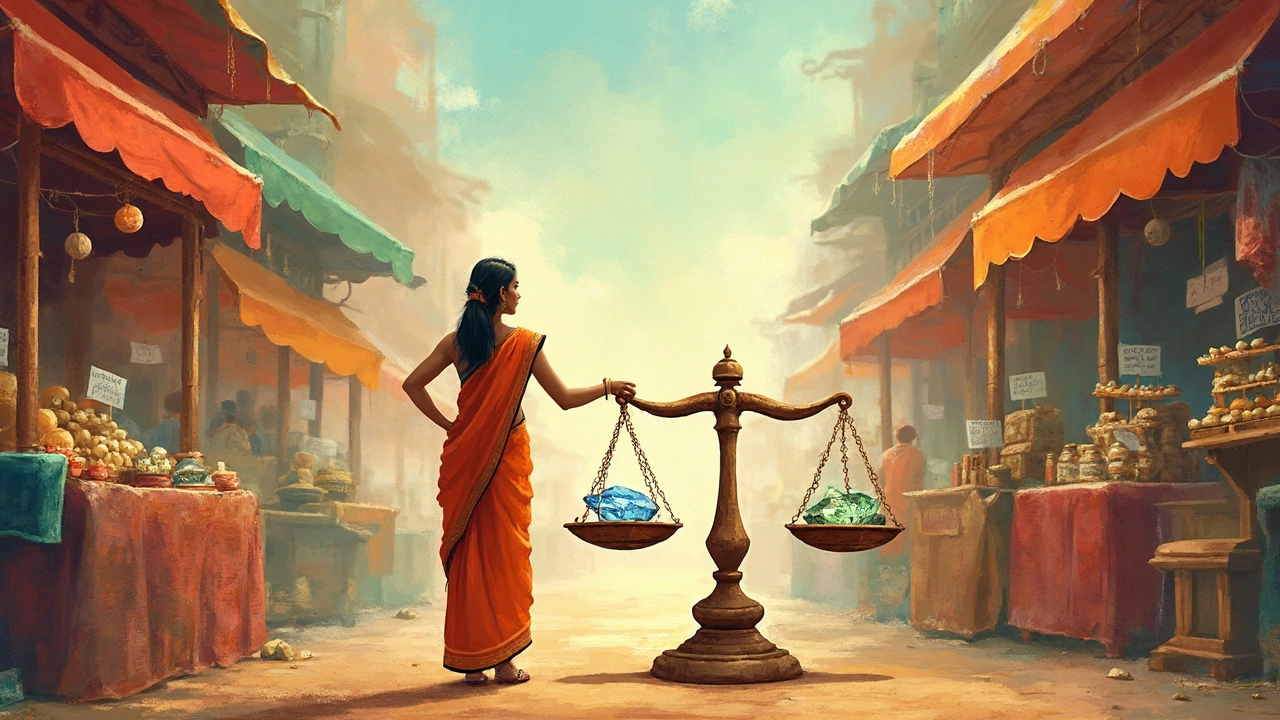
Practical Buying Tips
So you've set your sights on a stunning diamond, but how do you make sure you're getting the best bang for your buck? Here are some practical tips to keep in mind when shopping for a diamond ring.
1. Choose Your Compromises Wisely
With a $20,000 budget, it’s essential to prioritize what's important to you. Do you prefer a bigger diamond over premium clarity? Remember, a slightly lower clarity can still look excellent to the naked eye if the cut is superb. Strike a balance that fits your preferences.
2. Keep an Eye on Market Prices
Diamond prices can fluctuate just like any other commodity. Doing a bit of research on the current market trends will help you better negotiate and spot a great deal.
3. Shop Around
Visit multiple jewelers before making a decision. Compare prices and selections. Don’t be afraid to ask for discounts or special offers, especially if you’re buying around holidays when sales are common.
4. Consider Alternative Shapes
Round diamonds are popular, but opting for a different shape like princess or cushion could maximize size for your budget. Unique cuts can also add character to your ring.
5. Check Certification
Always ensure you're purchasing a certified diamond. Look for reputable certificates from organizations like the GIA or AGS. This confirms that you're getting a quality stone matching its description.
6. Don’t Forget About the Setting
The ring setting impacts the overall appearance. A minimalist setting can enhance the diamond's prominence, allowing a slightly smaller stone to shine brighter.
7. Plan for Insurance
While spending $20,000 signifies an investment, it’s wise to protect it. Look into jewelry insurance options to cover any mishap or theft.
Buying a diamond can feel overwhelming, but with the right approach, you'll find that perfect gemstone that fits both your dreams and your budget.
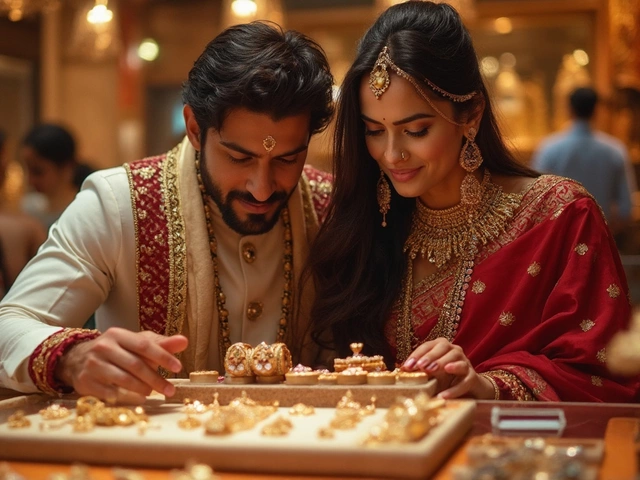
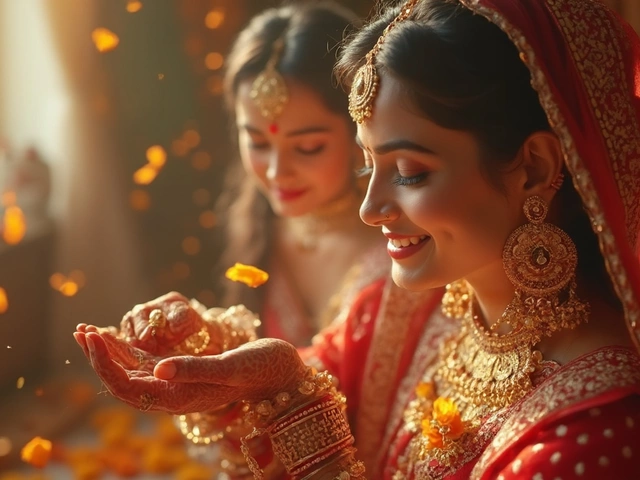

Comments
Post Comment